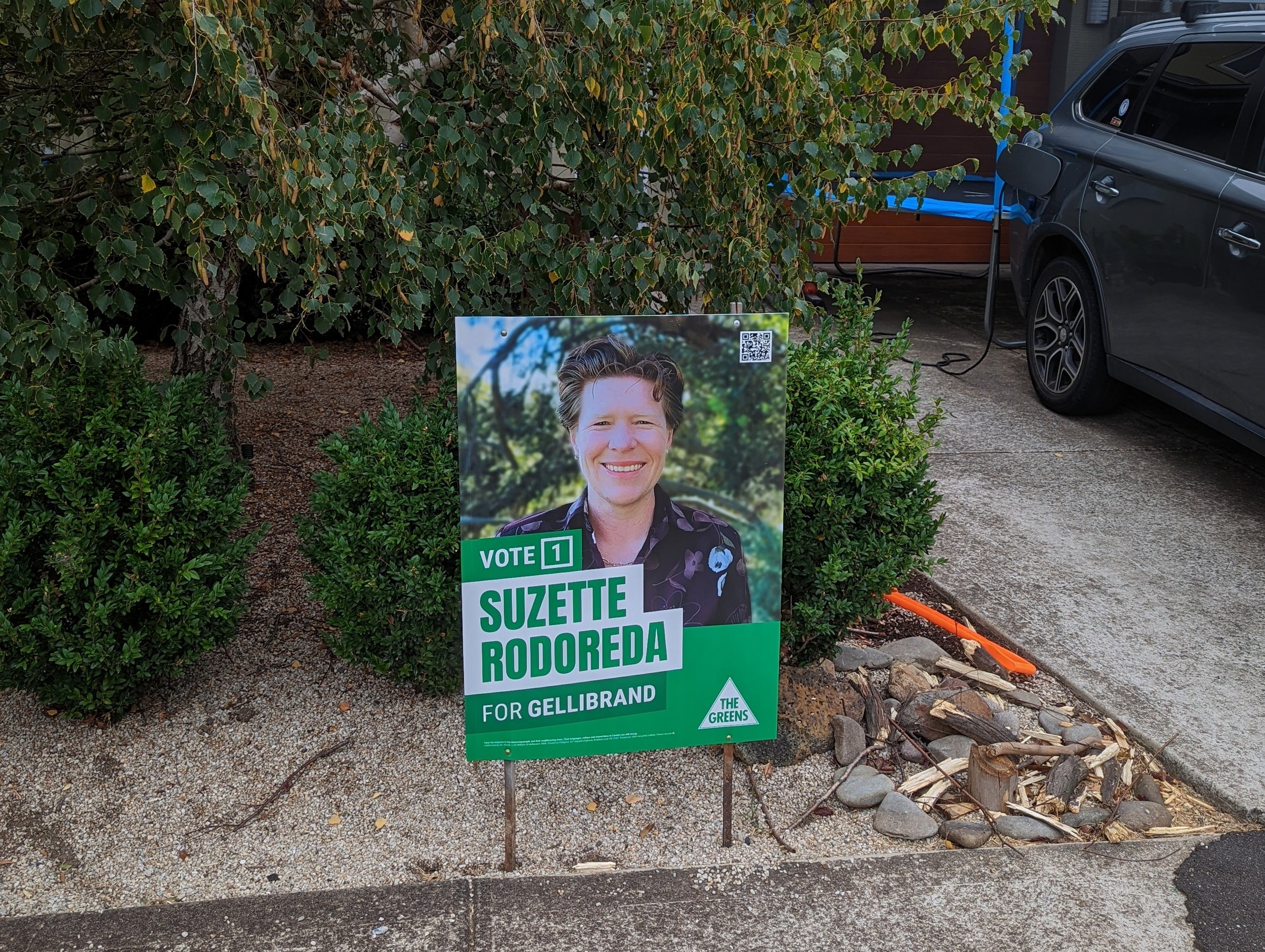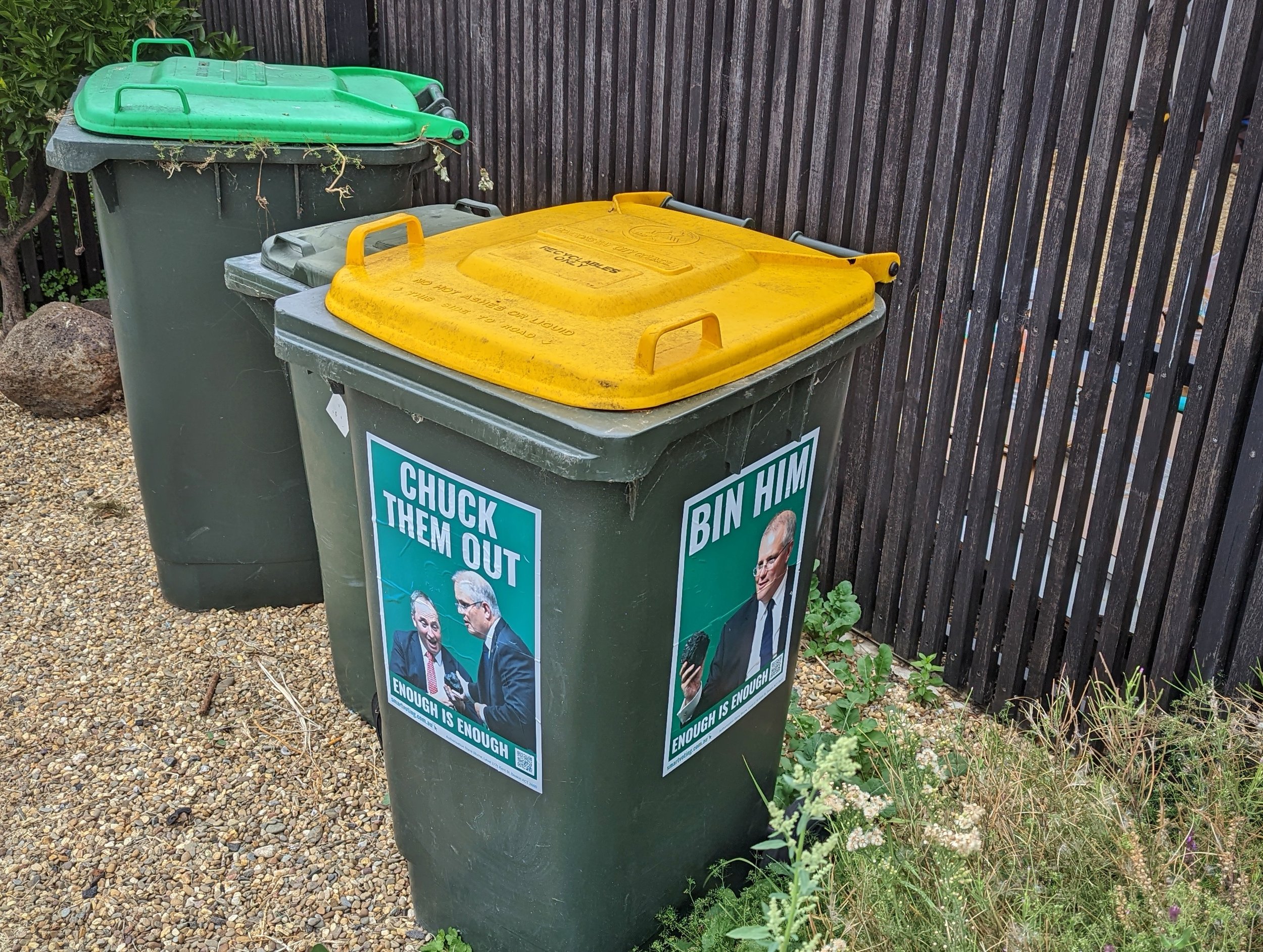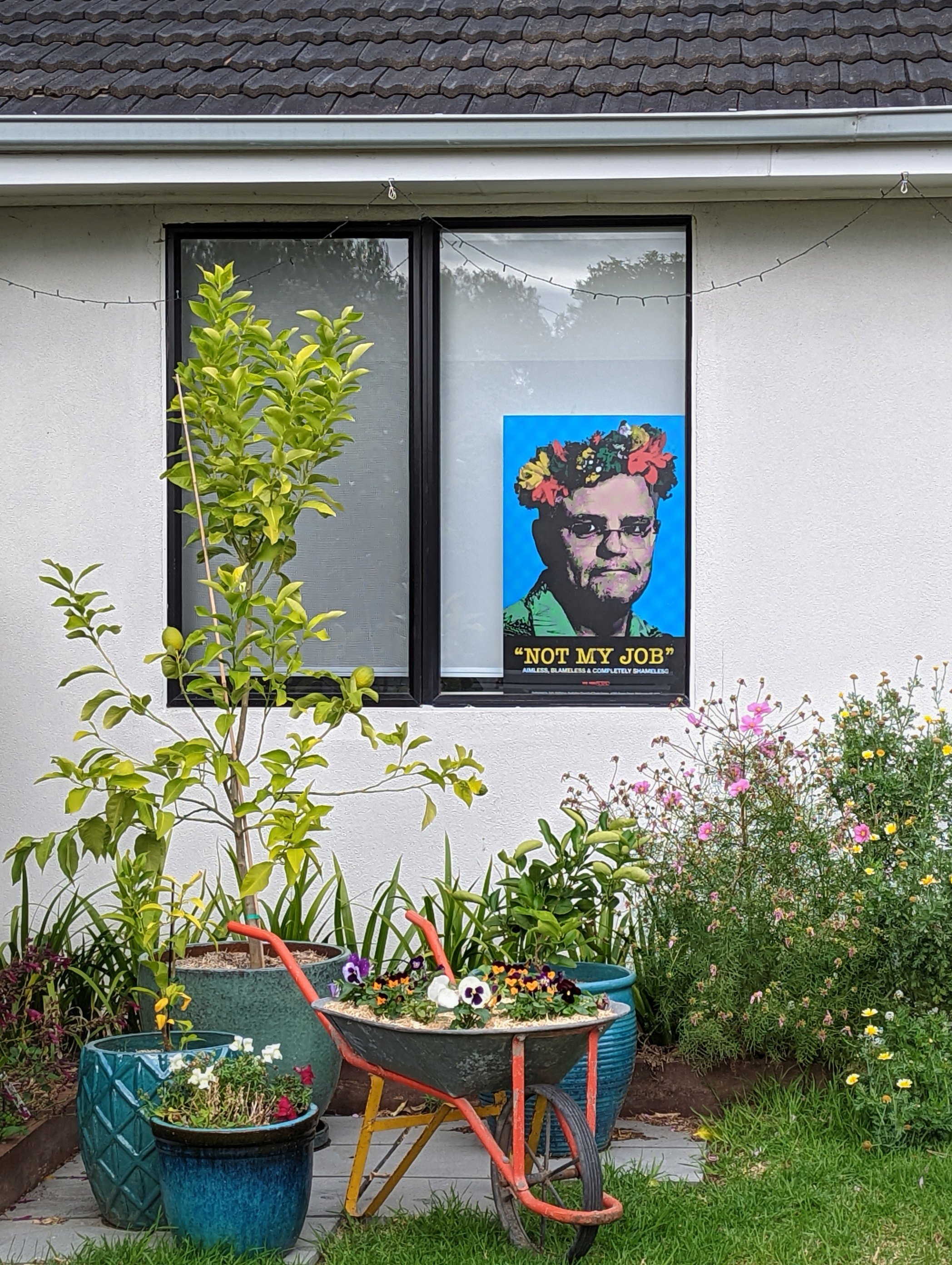Nadia’s publication, the Australian Multilingual Writers Project, was invited to present a session at the 2023 Emerging Writers’ Festival in Melbourne.
I went along and took a few photos :)
Nadia getting ready to host the event
Photo of a woman standing on a stage and leaning out from behind a tall, blue pull-up banner that reads “Australian Multilingual Writing Project”. Next to this is another tall banner, this one green, that reads “Emerging Writers’ Festival”.
Podium microphone at the Immigration Museum
Close-up photo of a black microphone mounted on a podium. In the background, and out of focus, is a large, empty exhibition space bathed in pink light. The room is built in the Italianate revival style of Victorian-era architecture, with tall Ionic columns and a very high ceiling.
Sneakers on the floor of the Long Room at the Immigration Museum
Photo looking down at a pair of white sneakers that are bathed in pink light. The floor is a pattern of black, white, and red terra cotta tiles.
Colourful shoes in a colourful room
Photo looking down towards a terra cotta tiled floor. From the left of the frame you can see the legs and feet of a person seated off camera. This person is wearing a yellow skirt with bright patterns on it, light blue socks with flower patterns on them, and slightly darker coloured light blue shoes with a different flower pattern on them. Another person is standing on the tiled floor with pink coloured trainers with blue lines on them. This person is also wearing white coloured ankle warmers and light brown coloured pinstriped shorts.
The stage is set
Photo looking through a doorway at a large event space that is bathed in pink light. There are people seated on plastic chairs that have been set out in rows in front of a stage. On the stage are two pull-up banners. The smaller blue coloured banner reads “Australian Multilingual Writing Project” while the larger green banner reads “Emerging Writers’ Festival” and “14-24 June 23”.
























